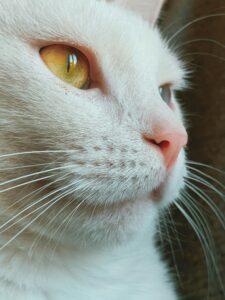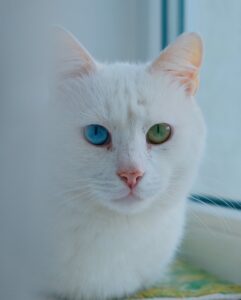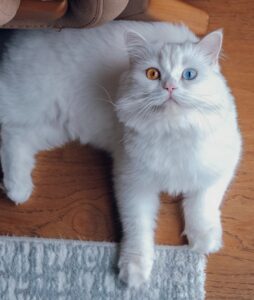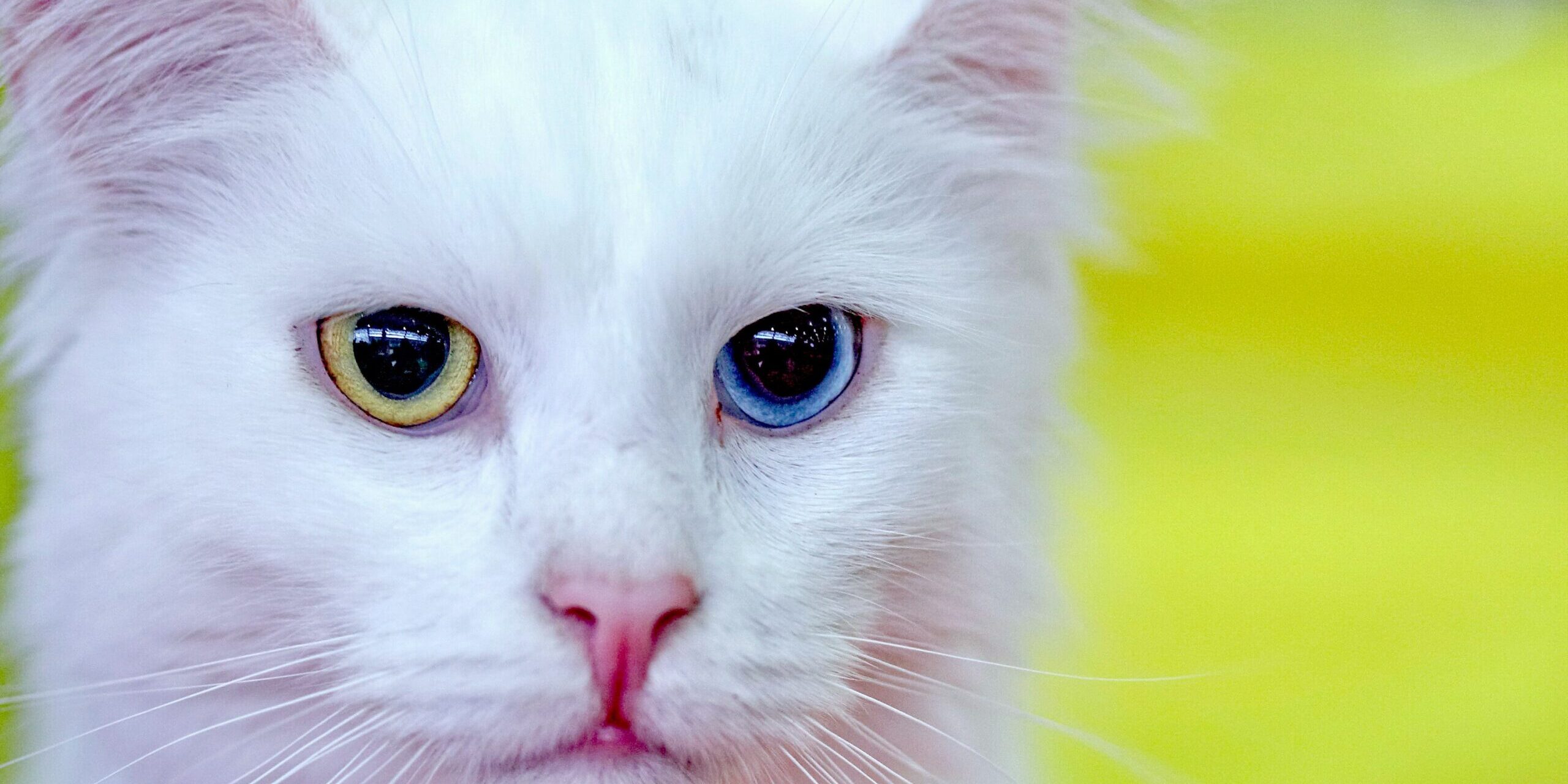The history of the domestic cat began about eight thousand years ago when cats first started hanging around human settlements because they provided easy access to food and shelter. Cats would eat the rodents that threatened our grain stores and sleep in our barns. In other words, the cat chose to seek out human companionship to gain important resources that they needed for their survival.
It was not until the nineteenth century, however, that cat-loving humans started breeding cats deliberately to create animals with certain appearances or demeanors. Cats were never bred for specific hunting or herding tasks the way dogs were, and consequently, the domestic cats we know today have changed very little genetically from the wild cats that first hung around our ancient farms. That explains why the differences between cat breeds are not as great as the differences between, say, a Border Collie and a Dachshund.
Scientists do not completely agree on how many different cat breeds there are in the world, so the numbers you can find vary greatly depending on your source. While Encyclopedia Britannica only lists fifteen cat breeds, The Cat Fanciers’ Association (CFA), the largest American cat registration body, recognizes forty-five different breeds as of 2022. Among these different cat breeds, many have an interesting origin story, and we are going to feature some of them here. In previous episodes of this series, I have talked about the Maine Coon and the Siamese cat. In this episode, we will have a look at the Turkish Angora.
 The Turkish Angora Cat
The Turkish Angora Cat
Cats of the Angora breed are beautiful, longhaired felines known for their soft, silky fur and striking eyes. They are not a source for Angora sweaters but take their name from the city of Ankara in Turkey (formerly known as Angora). Feline geneticists believe that the breed may have evolved from Manul cats (also known as Pallas cats), which were first domesticated by the Tartars in and around Turkey.
The Turkish Angora is said to have a direct connection with the Prophet Muhammad. According to legend, Muhammad had a white cat called Muezza that he loved and cared for. One day, Muezza was sleeping so peacefully in his arms that Muhammad decided to cut a sleeve off his tunic instead of interrupting his pet’s nap. The story also describes how Muezza had one blue eye and one amber eye – a condition called heterochromia.
For centuries, Turkish Angora cats have been attractive souvenirs for visitors to Turkey, as well as for enemies who come to invade the country. In fact, one theory says that the Vikings were the first to bring Turkish Angoras to Scandinavia and Britain. Later, in the 1500s, other longhaired cats (including Angoras) made their way to France and southern Europe – from Russia came the Russian Longhairs and from Persia the Persian cat – and by the late 1700s, they had also arrived in North America. Early cat breeders both in Europe and America blended these long-haired cats, and before long, so much interbreeding had taken place that purebred Angoras became impossible to find outside of Turkey.
 The cats eventually became so scarce that they came close to extinction. The breed was saved only through a breeding program started by the Ankara Zoo in 1917. Due to the cat’s connection with the Prophet Muhammad, the Angora cat is considered a national treasure in Turkey, and the early Turkish breeding program aimed at preserving the Angora as a white cat with different-colored eyes. Today, Angora cats come in many colors and patterns, and their eyes are not always blue and amber.
The cats eventually became so scarce that they came close to extinction. The breed was saved only through a breeding program started by the Ankara Zoo in 1917. Due to the cat’s connection with the Prophet Muhammad, the Angora cat is considered a national treasure in Turkey, and the early Turkish breeding program aimed at preserving the Angora as a white cat with different-colored eyes. Today, Angora cats come in many colors and patterns, and their eyes are not always blue and amber.In 1962, the wife of a U.S. Army colonel stationed in Turkey exported a pair of Turkish Angora cats to the United States. These cats came with pedigrees and American interest in the white Angora with the striking eyes grew rapidly. Before long, the breed was well-established in America, too.
 Here are three fun facts about the Turkish Angora:
Here are three fun facts about the Turkish Angora:
1. Turkish Angora cats are known to be extremely athletic and adventurous. No bookcase, shelf, wardrobe, or table is safe around them, so it is not the cat for any family. Angoras keep their kitten playfulness throughout life. They are extremely intelligent and will insist on attention and plenty of entertainment – and if you don’t give it to them, they will invent it themselves!
2. Turkish Angora cats LOVE playing with water and can become quite water-obsessed. They have been known to sit on the edge of the bathtub while human family members are bathing – and some Angoras will even jump right into the tub with you!
3. Turkish Angoras had an early debut on the Big Screen! The character of Duchess (voiced by Eva Gabor), who is the main protagonist of Disney’s animated movie The Aristocats from 1970, happens to be a Turkish Angora.




